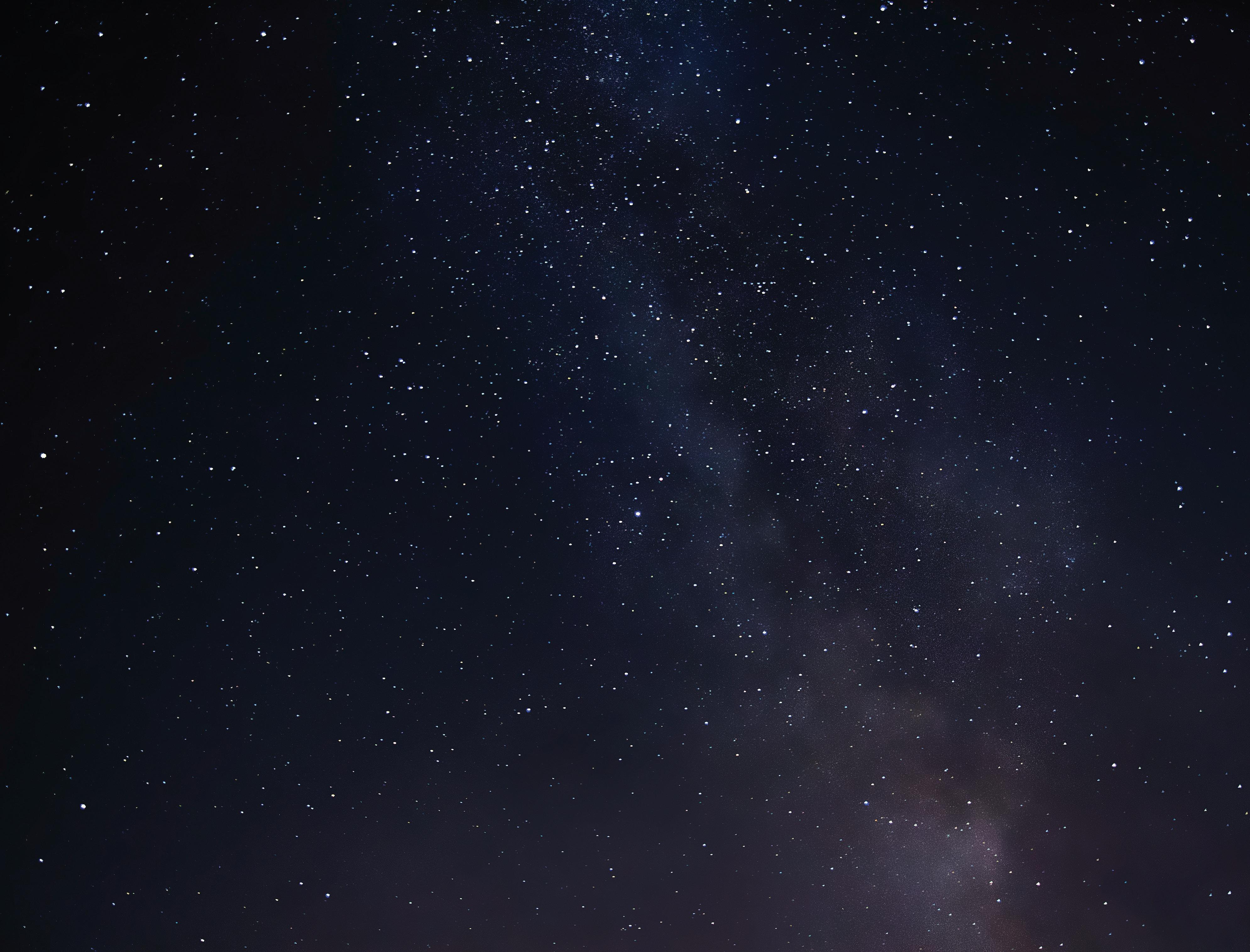
2 minute read
HIKE ARIZONA: WASSON PEAK
WASSON PEAK
Distance: 6.5 miles round trip • Elevation Gain: 1939 ft • Hike Time: 4 hours • Difficulty: Moderate • Condition of Trail: Well maintained
This is a beautiful hike. The path is not smooth, it is mostly small rocks, but well worth the climb. It is peaceful, and gorgeous out there. You will see a couple of old mining tunnels. You can not explore them, they are barbed off, and are now homes to bats. Because of the elevation climb, there are plenty of places to pull off to the side and take a breather. Once to the top, you will feel like you are on top of the world. Eat a small snack or lunch and enjoy the view. Don’t forget water and a camera.
Trailhead: From Tucson, follow Speedway over Gates Pass to its junction with Kinney Road. Turn right, follow Kinney until you reach the Sonora Desert Museum. Parking and trailhead are 0.1 miles from the museum entrance and across (North) the road.
SEPTEMBER
September 10 - Full Moon. The Moon will be located on the opposite side of the Earth as the Sun and its face will be fully illuminated. This phase occurs at 09:58 UTC. This full moon was known by early Native American tribes as the Corn Moon because the corn is harvested around this time of year. This moon is also known as the Harvest Moon. The Harvest Moon is the full moon that occurs closest to the September equinox each year. September 16 - Neptune at Opposition. The blue giant planet will be at its closest approach to Earth and its face will be fully illuminated by the Sun. It will be brighter than any other time of the year and will be visible all night long. This is the best time to view and photograph Neptune. Due to its extreme distance from Earth, it will only appear as a tiny blue dot in all but the most powerful telescopes. September 23 - September Equinox. The September equinox occurs at 00:55 UTC. The Sun will shine directly on the equator and there will be nearly equal amounts of day and night throughout the world. This is also the first day of fall (autumnal equinox) in the Northern Hemisphere and the first day of spring (vernal equinox) in the Southern Hemisphere. September 25 - New Moon. The Moon will be located on the same side of the Earth as the Sun and will not be visible in the night sky. This phase occurs at 21:55 UTC. This is the best time of the month to observe faint objects such as galaxies and star clusters because there is no moonlight to interfere. September 26 - Jupiter at Opposition. The giant planet will be at its closest approach to Earth and its face will be fully illuminated by the Sun. It will be brighter than any other time of the year and will be visible all night long. This is the best time to view and photograph Jupiter and its moons. A medium-sized telescope should be able to show you some of the details in Jupiter's cloud bands. A good pair of binoculars should allow you to see Jupiter's four largest moons, appearing as bright dots on either side of the planet.








